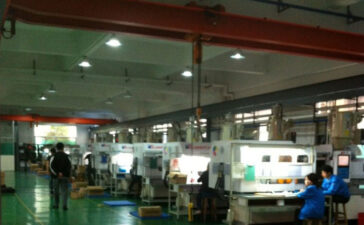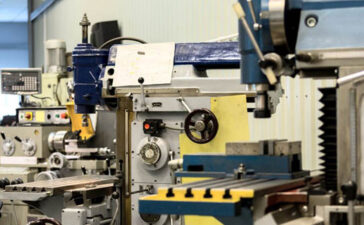Viscosity is one of the most important basic concepts of plastic moldability. It is a quantitative representation of fluidity. Factors that affect viscosity include melt temperature, pressure, shear rate, and relative molecular mass. These are described below.
The influence of temperature in the processing of plastic molds
The viscosity of plastic is a function of shear rate, but the viscosity of plastic is also affected by temperature. Therefore, only when the shear rate is constant, it is of practical significance to study the influence of temperature on viscosity. Studies have shown that with increasing temperature, the viscosity of the plastic melt decreases exponentially. This is because the increase in temperature inevitably accelerates the movement between molecules and molecular chains, thereby reducing the entanglement between the plastic molecular chains and increasing the distance between the molecules, resulting in a decrease in viscosity. It is easy to mold, but the product has a large shrinkage rate and will also cause decomposition. The temperature is too low, the melt viscosity is large, the flow is difficult, the moldability is poor, and the elasticity is large, which will also make the shape stability of the product poor.
However, different plastic viscosities have different degrees of sensitivity to temperature. POM is the least sensitive to temperature changes, followed by polyethylene, polypropylene, and polystyrene. The most sensitive is cellulose acetate. Table 1 lists the temperature sensitivity of some common plastics. For very sensitive plastics, temperature control is very important, otherwise the viscosity will change greatly, making the operation unstable and affecting the quality of the product.
In practice, for melts with good temperature sensitivity, it can be considered to increase the molding temperature of the plastic during the molding process to improve the flow properties of the plastic, such as PMMA, PC, CA, PA. However, for plastics with poor sensitivity, increasing the temperature is not obvious for improving the flow performance, so generally, the method of increasing the temperature is not used to improve the flow characteristics. For non-polar plastics such as POM, PE, PP, etc., even if the temperature rise is large, the viscosity decreases very little.
Raising the temperature must be limited by certain conditions, that is, the molding temperature must be within the plastic molding temperature range, otherwise, the plastic will degrade. The loss of molding equipment is large, and the working conditions are deteriorating. Using the size of the activation energy to express the relationship between the viscosity of the material and the temperature has a quantitative meaning.








